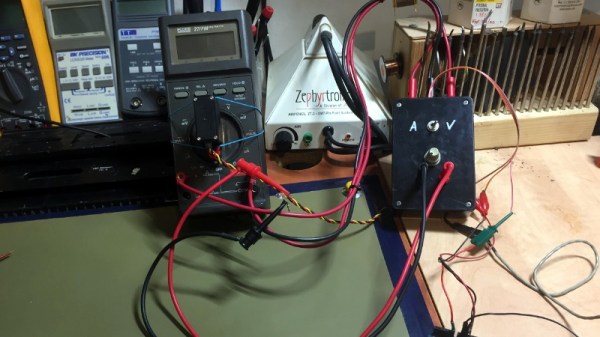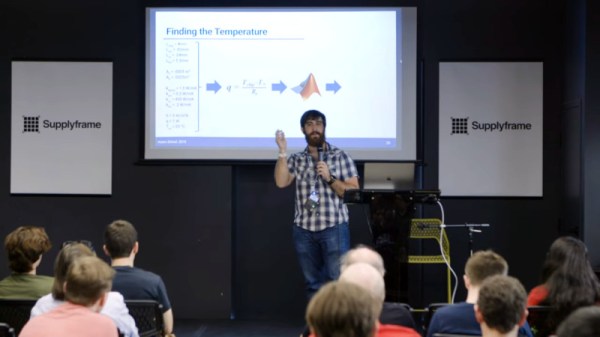It’s always good to have a torch on hand for emergencies. Unfortunately, sometimes these torches can be forgotten, and wind up with dead batteries when you need them most. For those cases, this build from [techrallyofficial] is just the ticket.
Instead of a battery, the torch relies on a 1.5 farad supercapacitor to store energy. The body of the torch is constructed out of PVC pipe and fittings, and packs strong neodymium magnets inside. A coil of wire wrapped is formed around an old solder spool, which, when shaken past the magnets, generates a current. This is rectified with a series of diodes and charges the supercapacitor, powering the light.
It’s a classic design that is available commercially, but it’s one easily replicated in the home shop, too. It would make a great educational project, particularly as students would be left with a useful device to take home at the end of the lesson. We’ve seen others resurrect commercial builds with upgrades, too. Video after the break.
Continue reading “Emergency Torch Runs Without Batteries” →


















